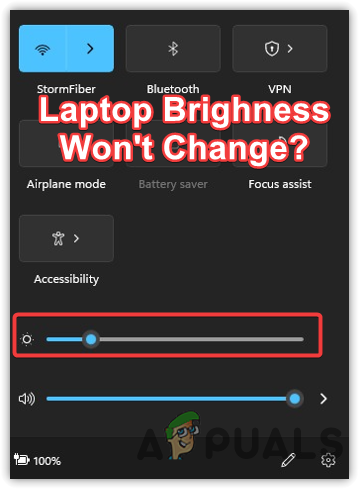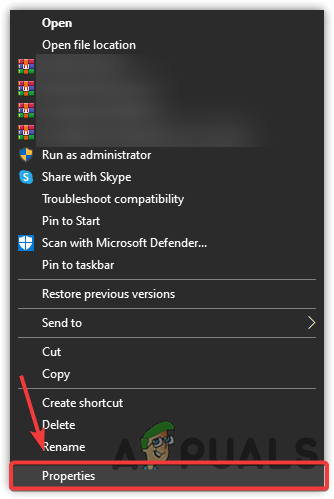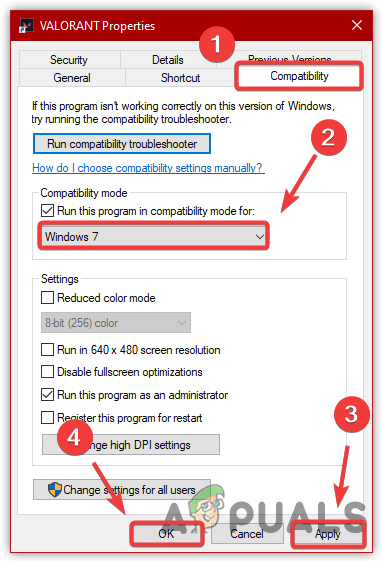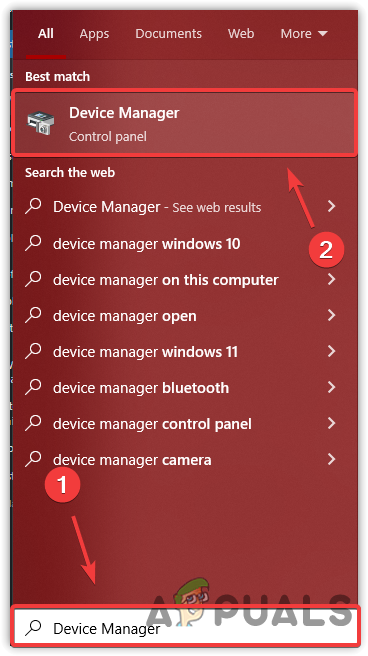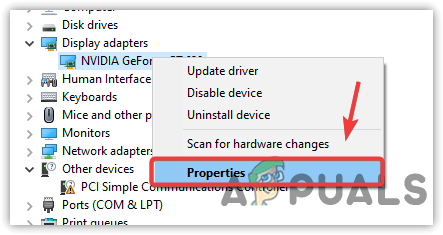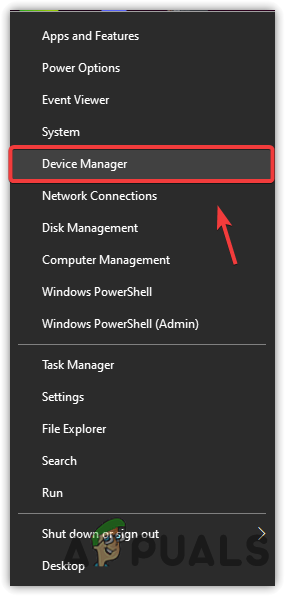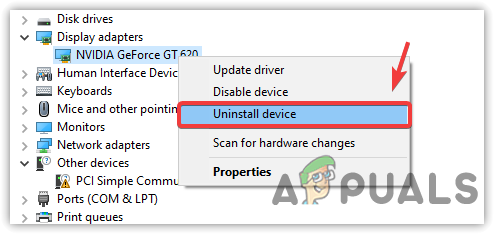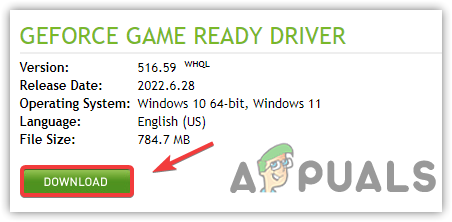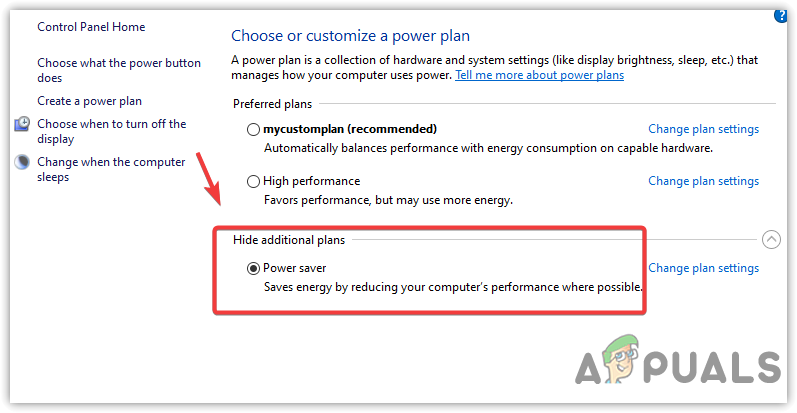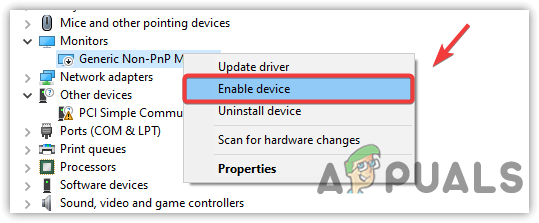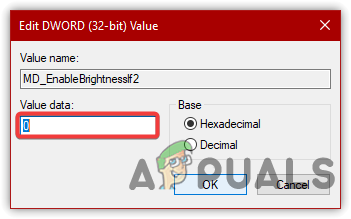The main reason that can cause the issue is a corrupted video driver as it uses to provide and control brightness. PC users don’t need to worry about it as they can control or adjust their brightness using the monitor buttons.
1. Download The Same Driver in Compatibility Mode
If you have recently downloaded the video card driver, we advise you to uninstall it and install the same driver in compatibility mode for the lower version as most of the affected users have managed to resolve the brightness won’t change issue. The reason behind using compatibility mode is when a driver is created for the lower version of Windows and does not run properly in the latest version, installing the driver in compatibility mode prevents the issue and also runs the driver properly in the latest version.
2. Update to the Latest Driver
Having an outdated driver can be involved in causing brightness not changing issues, as drivers are important for controlling brightness. Therefore, make sure you are using the latest video card driver. Follow the steps:-
3. Check If Windows Downloaded the Latest Driver
If you have recently installed the new Windows, we recommend checking Windows updates as it can download the device drivers automatically for your graphics card. If it downloads the Graphics driver, restart your computer, and the issue should be resolved.
4. Roll Back to the older Driver
If the current driver is not working properly, we recommend trying Generic or an older driver of your laptop Graphics Card. Follow the below instructions:-
5. R-install Graphics Driver
If the above methods did not fix the issue, it mostly occurs due to the corrupted Graphics driver. You can reinstall the driver by following the below steps:-
5.1 Uninstall Graphics Driver
5.2 Install Graphics Driver
6. Edit Power Plan Options
Power plans control the brightness, display settings, and hardware usage. The power plan has an option called Power Saver, which is used to reduce hardware energy where possible. Therefore, it is worth it to change the brightness by changing the power plan. Follow the steps:-
7. Enable PnP Monitor or Switch to the Generic Driver
If you have PnP hardware, you won’t need to install a driver as it is not required for PnP hardware. One thing you can do is check if the PnP monitor is enabled or not. If it is, try switching to the generic driver and see if it fixes.
8. Use Registry Editor
If you have ATI Graphics Card, the issue may cause due to a bug, which was reported by the majority of users. Although the bug occurs in lower versions of Windows, it is also possible in newer versions. if you have catalyst software, the below method may help:- It is good to create a registry backup, as you may need this in the future if something goes wrong.
Surface Laptop 3 Reportedly Suffering Black Screen Issues At Lowest Brightness…Fix: Windows 10 Adaptive Brightness won’t Turn OffHow to Fix Brightness Slider Missing on Windows 10?Fix: Windows 10 Creators Update Brightness Issues
